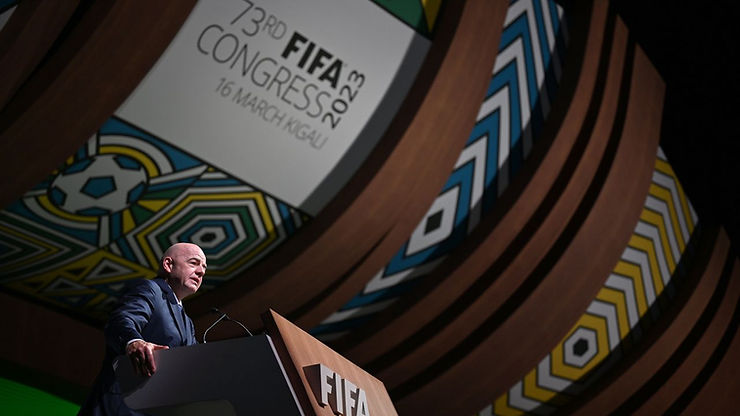By: Ken Niu
Women’s soccer teams have been pressuring their federations for more pay. Each player in the women’s Canadian team expects a salary of $30,000 while each player on the men’s team can expect a salary of $338,000.
FIFA has increased the prize money for the women’s World Cup from $30 million to $110 million total. According to The New York Times, The 16 teams that get eliminated in the Group stage each get $2.3 million and 31% of that goes to the players of the team. The 8 teams eliminated in the Round of 16 get $3.3 million and 42% of that goes to the players of the team, and the prize for making it to the Quarterfinals is $4.3 million and a 49% cut.
4th place is worth $6.3 million, and 3rd place is worth $6.8 million both at a 61% cut for the players. 2nd place gets $7.5 million at a 60% cut, and 1st place gets $10.5 million at 59%.
The US has a model that pools together both the men’s and women’s World Cup cash prize. First, 10% of women’s and 10% of the men’s prize goes to U.S. Soccer. Next, the money that is left is combined. Then that money is split 50-50 with the men and women’s team. This is the first time in history that anybody has created a system like this.
While the US has agreed on a system that works for equal pay, other countries such as Nigeria are still fighting for this cause. The head coach of the Nigerian team, Randy Waldrum, had not received pay for 14 months, and when he did finally get paid, he only got 7 months worth. Even worse, The Guardian states “We still have players that haven’t been paid since two years ago, when we played the summer series in the USA.
This matter has been made worse with the Nigerian Football Federation claiming that the players no longer need pay, since they are guaranteed $30,000 through the World Cup tournament.
Many countries have started to realize the struggle and are beginning to change, but others like Nigeria still need some time to get there.











